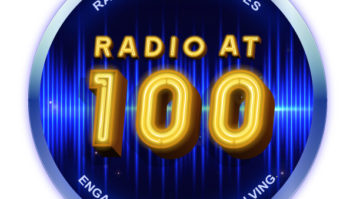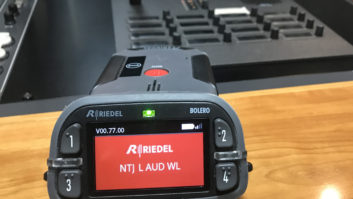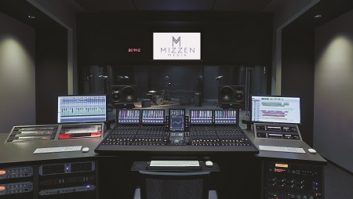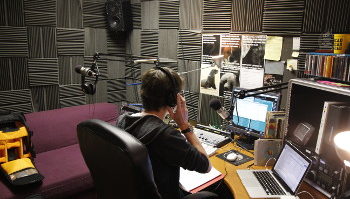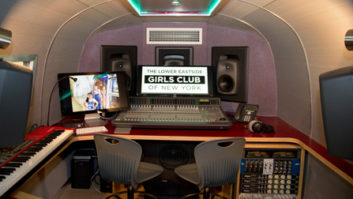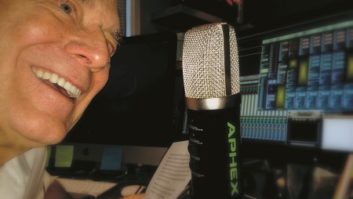Traditional radio will continue progressing with its approach to engage its audience. Stations are always searching for the next great thing, utilizing listener interaction on multiple platforms. With radio and its access to the record labels and artists, live performance streaming has become extremely important to some stations.
The days of a household artist coming to play acoustic in the stations� conference room for listeners and staff are no more in many markets. Stations are creating performance lounges to give listeners a free VIP experience and to allow them access to their favorite artists. At the same time, those who did not win tickets can still experience the event live online. As a station, it�s a chance to instantly share such an experience when your audience is not present.
These lounges are giving broadcasters another opportunity to creatively interact with their listeners as well as to increase revenue. The majority of performance lounges have corporate sponsorships, allowing for dynamic signage, product integration and even product sampling. Besides artist performances, these spaces can hold Q&As, record release parties, song debuts and other events. Furthering the exposure for record labels and up-and-coming artists, this is a great platform for any client to buy into your brand.� Majority of these lounges have the capability to stream live video and radio broadcasts. The opportunities are endless and the performance spaces will continue evolving with the demand.
A lot goes into the planning of creating a room like this. Stations must be resourceful in finding the room or even an offsite location to build a performance lounge. Broadcasters have built performance lounges that can hold between 15-500 people, all depending where they build the lounge. Luckily enough, most companies are building these on-site with their current studios or incorporating such spaces while expanding new facilities. However, some had to find a location with a close proximity to the station to make it easy for artist interaction.
The area for such a performance space can be scaled to the size and complexity as one can desire. One of the primary factors in video is lighting. Stage, spot and fill lighting are all key factors in streaming quality video. Acoustically, how does the room sound? Structurally, is it safe to hang speakers or stage truss? Do we have enough room for a stage? Effective HVAC? These are just some of the questions that come to mind.
Let�s first look at building the stage. There are quite a few options, but many go with a custom-built or traditional stage with pieces that are moveable. Moveable stage pieces open up the option to customize the stage for every event in the lounge. The majority of these sectional pieces use their own support riser that allows for the durability of the stage. Now that the stage is in place, the focus will be on the structural support of rigging the truss. Finding the hardware to hold well beyond the weight of the equipment is on the truss is vital. After rigging the truss system and it is suspended above the stage, the truss system is now ready for equipment.
There are various truss segments and systems that allow for lighting fixtures, haze and fog machines and speakers to be mounted on the truss. A lot of companies have chosen the LED route with lighting because of its advantages. Advantages such as little to no heat, the number of colors they can provide and a long service life just to name a few. Controlling the lights are mainly done by assigning them addresses and using a DMX dimmer controller that allows control of each fixture. Software and computer based systems are another way of controlling the lighting.
Finding the right speakers for front of house and stage monitors also play key factors in the overall experience in the lounge. Providing great sound is all part of the experience that these lounges create. Usually, setting up the main speakers (Front of House) you want a clear and center view of the performance in order to have the ability to control a clean mix for the audience. Depending on the size of the area, you may or may not have room for a monitor mix on the side of stage.� Manufacturers have really been on the forefront of creating digital mixing consoles that allow monitor mixes and front of house to be done from a signal console. Some consoles can even use an iPad or tablet (through WiFi) and allow the artist to setup their own monitor mix on stage while the engineer adjusts the main speakers.
Performance lounges will continue to evolve and grow as each radio station must. The design and layout will vary based on budget and size of each performance lounge, but these lounges will separate competitors from each other. They will create revenue opportunities with sponsors and experiences for listeners that show the strength of live radio.





